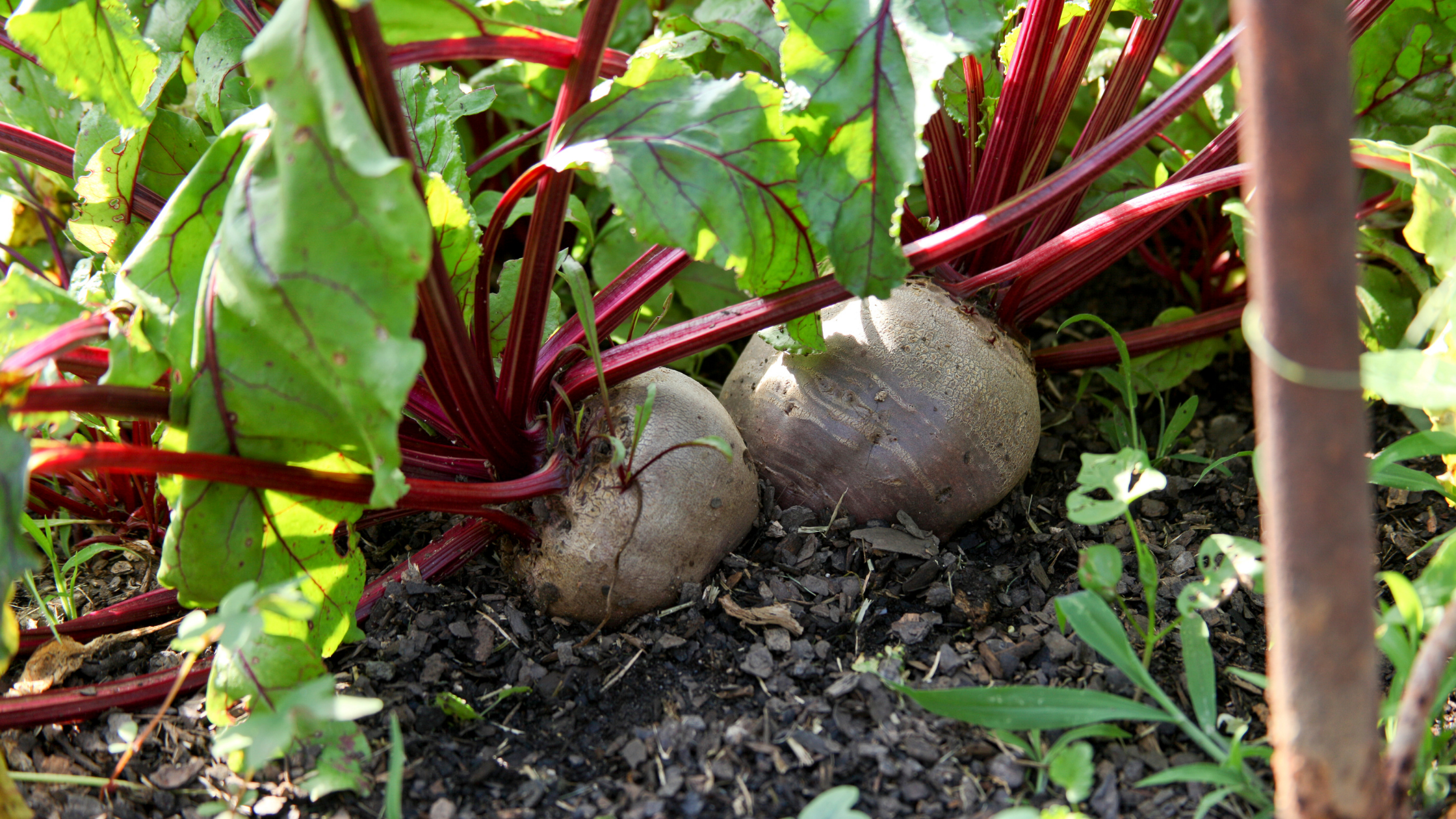Sow True Seed: Our Generative AI Policy
Sow True Seed will never use generative AI in any art, copywriting, blog posts, or advertisements of any kind. Our human-first business will continue to be just that - human...
Fresh new look, same great seeds - read all about our brand refresh on our blog!
Free Shipping on All Orders Over $50
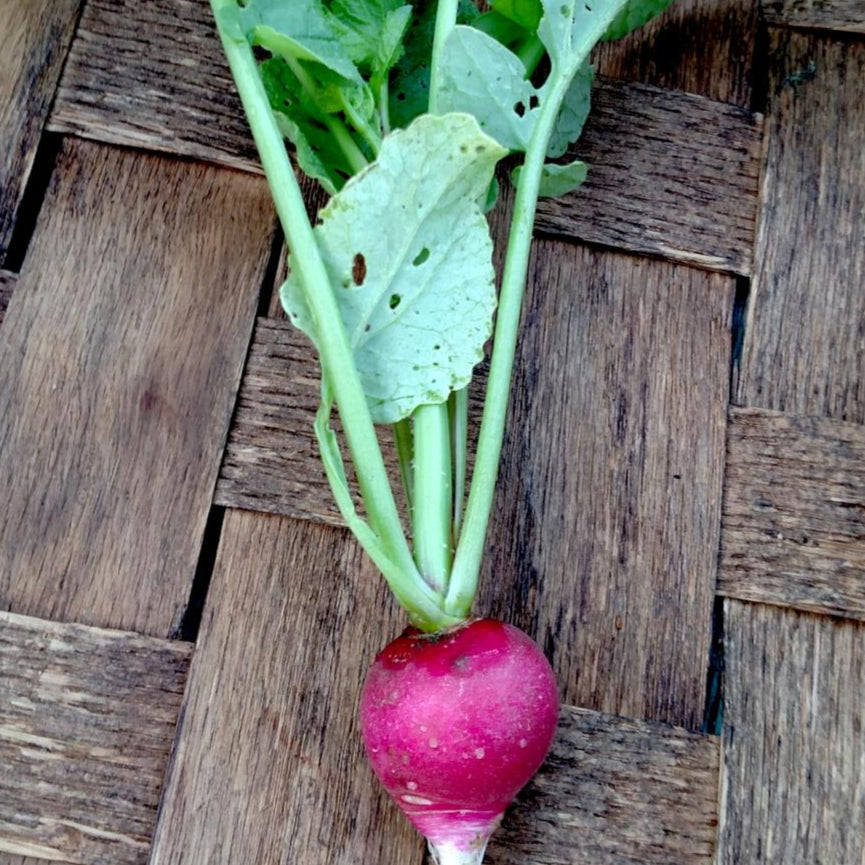
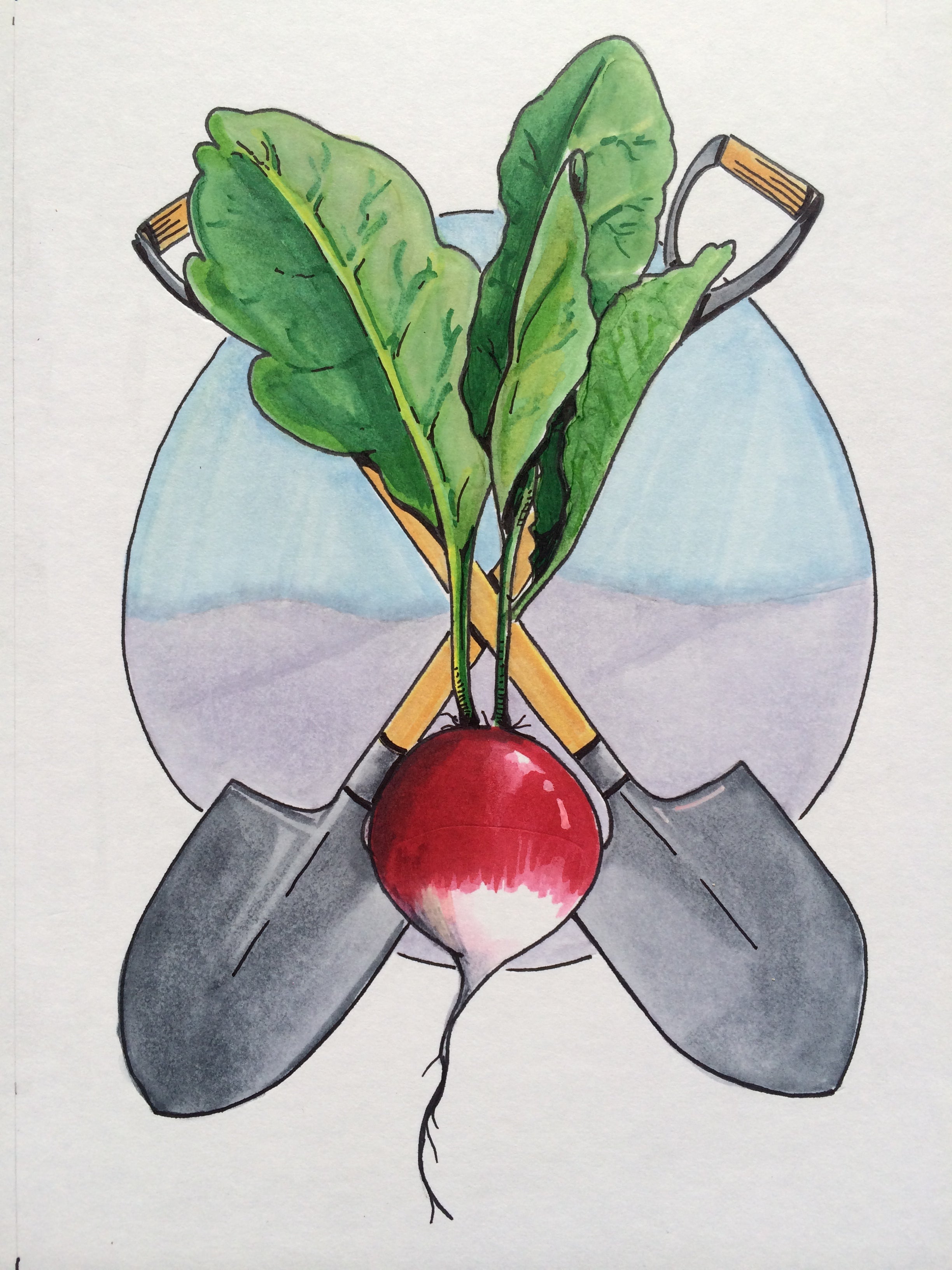
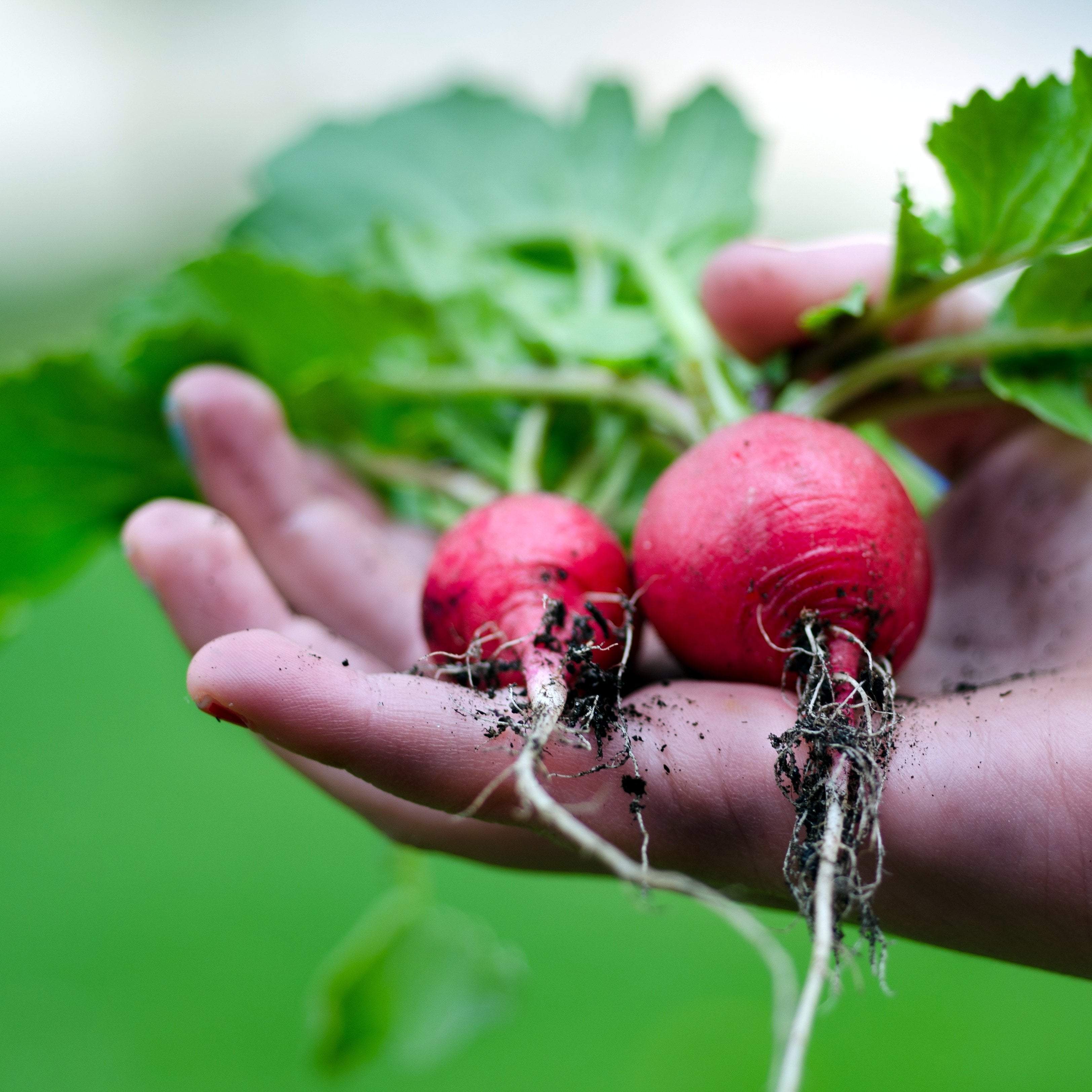
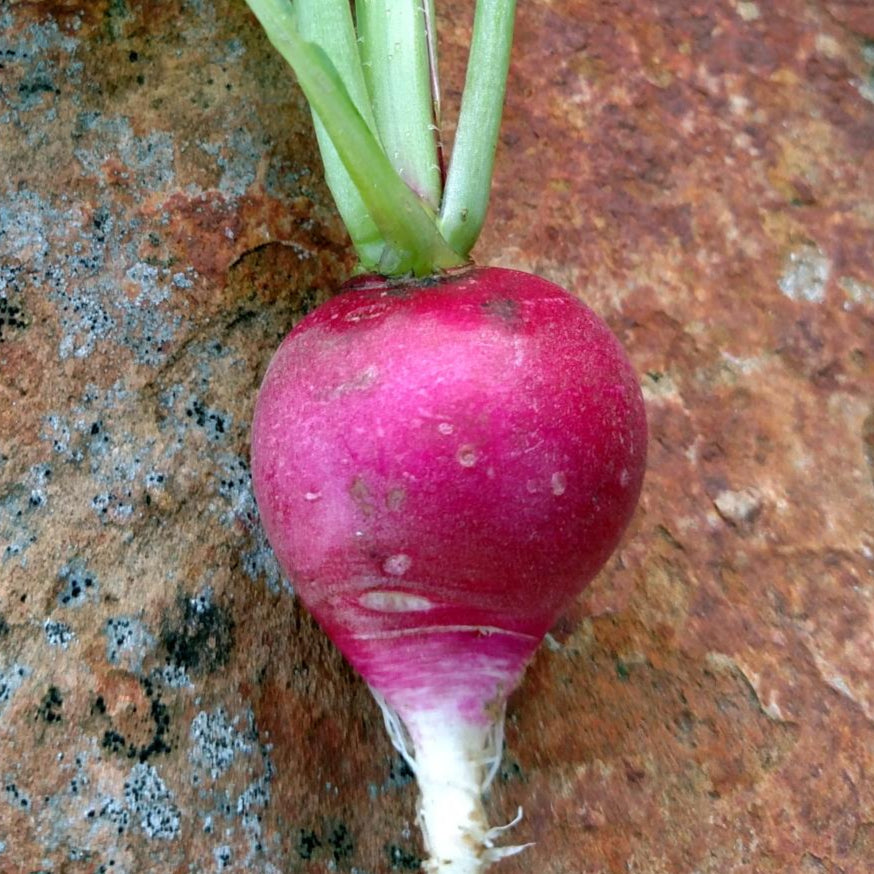
Minimum Seeds per Packet: 120
Packet Weight: 2g
Planting Season: Spring or Fall
Sowing Method: Direct Seed
Seed Depth: 1/2"
Direct Seed Spacing: 1/2"
Soil Temperature: 45-80 ℉
Days to Sprout: 4-12
Mature Spacing: 2-3"
Sun Requirement: Full Sun or Partial Shade
Frost Tolerance: Moderately Tolerant
Days to Harvest: 26
Radish seeds should be planted in an area with full sun or partial shade with loose, well-draining soil. In preparation for planting, remove any rocks from the soil to ensure strong and even root development and add organic matter such as compost or leaf mulch.
We typically recommend direct seeding your radishes in the garden. Most root crops, radishes included, do not do well being transplanted. And because they are so quick to mature - starting them inside is unnecessary. Plant your radish seeds directly in the garden about ¼ inch deep and one inch apart. As they germinate, and they typically germinate fairly quickly, thin the seedlings until they are four to six inches apart.
Like most seeds, radishes need consistent and regular watering in order to germinate effectively. We recommend watering everyday until germination. After germination, radishes will benefit from at least an inch of water per week.
Radishes are a cool weather crop and do best when planted for a spring or fall harvest. In the spring, radish seeds can be planted as soon as the soil is workable - typically four to six weeks before the last frost. In the fall, they can be sown four to six weeks before the first frost. Warmer weather causes radishes to bolt and the roots to become woody and inedible.
Radishes are extremely frost tolerant and will germinate in temperatures as low as 40 degrees Fahrenheit, this makes them an excellent first crop for the garden. To seed them even earlier, utilize cold frames or row cover to protect tender seedlings from frosts. During this time, and throughout the fall, continuously sow radishes every ten days or so to extend and maximize your harvest.
Radish seeds can be planted in a spot with full sun to partial shade. If there is too much shade, your crops may put more work into producing foliage than large, impressive roots. While most radishes can be hidden and snaked in between other crops due to their small size and maturity speed. They will love rich, well-draining soil. Before planting, soil can be amended with plenty of compost and organic matter, especially if you deal with clay soils like we do here in zone seven. We recommend rotating all of your crops. Try to select a location that hasn’t had other radishes in it in the last two to three years.
As always, it is really important to water regularly and maintain soil dampness from the time you plant a seed until it is a more established plant at which point it is better equipped to handle environmental stress. Not watering enough is the number one reason people struggle with germination and survival of seedlings!
Harvesting radishes is not complicated but there are some things to keep in mind when pulling up these roots. They can be harvested for eating at any stage, but are typically ideal about one to three inches in diameter.
With loose enough soil and enough foliage, you can typically pull them from the ground with your hand around the crown of the plant. For larger, more mature plants or highly compacted soil, consider using a digging fork inserted in the soil at least six inches away from the plant. Lift the soil around the plant, which will loosen the soil and make it easier to pull the radish from the ground. Be sure to harvest all of your radishes before it gets too hot in the spring (when they will bolt) or too cold in the fall (not too many 20 degree nights in a row.)
The species Raphanus sativus is either an annual or biennial depending on the variety. Radishes are insect pollinated and can easily cross with each other. To grow radishes for seed, we’d recommend having a population size of at least five plants (though between 20 and 80 is typically recommended for large scale genetic preservation). You should note that when growing radishes for seed, the mature spacing distance increases to 12 to 18 inches and staking your plants is recommended as the racemes can reach or exceed four feet in height. This will allow for ample room and airflow around the plants, ensuring healthy seed production. When growing multiple types of Raphanus sativus, it’s recommended to isolate the types by 800 feet to ½ mile. Managing this kind of distance may be difficult but this is mainly important if multiple varieties of Raphanus sativus will be flowering at the same time.
Harvesting biennial radish seeds is done in the second year after the radish has overwintered. Annual radishes can be left to go to seed in the first year. Unlike other Brassica crops, though related, radish seed pods do not shatter so they can be left to dry in the field. The pods should be harvested when they turn brown and become brittle. In most growing areas, this will happen in summer. The stalks can be cut down when mature (at least two thirds of the pods are dried). If left for too long in the field, viability can decrease. Once harvested, and depending on maturity, the stalks should be dried for one to five days (until pods are completely dry), either in the sun if the weather allows, or in a protected area.
Radish seeds do not shatter, so the seeds must be extracted more forcefully than other crops that produce seed similarly. The pods can be placed in a bucket or on a tarp and walked on to crush the fruits, which will separate the seeds from the pods. After this, seeds can be winnowed. Raphanus sativus seeds can be expected to hold their viability for six years if stored under cool, dry conditions in an airtight container.
Sow True Seed will never use generative AI in any art, copywriting, blog posts, or advertisements of any kind. Our human-first business will continue to be just that - human...
Brussels Sprouts can be grown in all areas of the United States. Their long time to maturity and sensitivity to nutrient imbalances have given them a reputation for being difficult....
Sometimes with beets it seems that people love them or… don’t love them. But we are of the belief that if you think you don’t love beets - you just...



